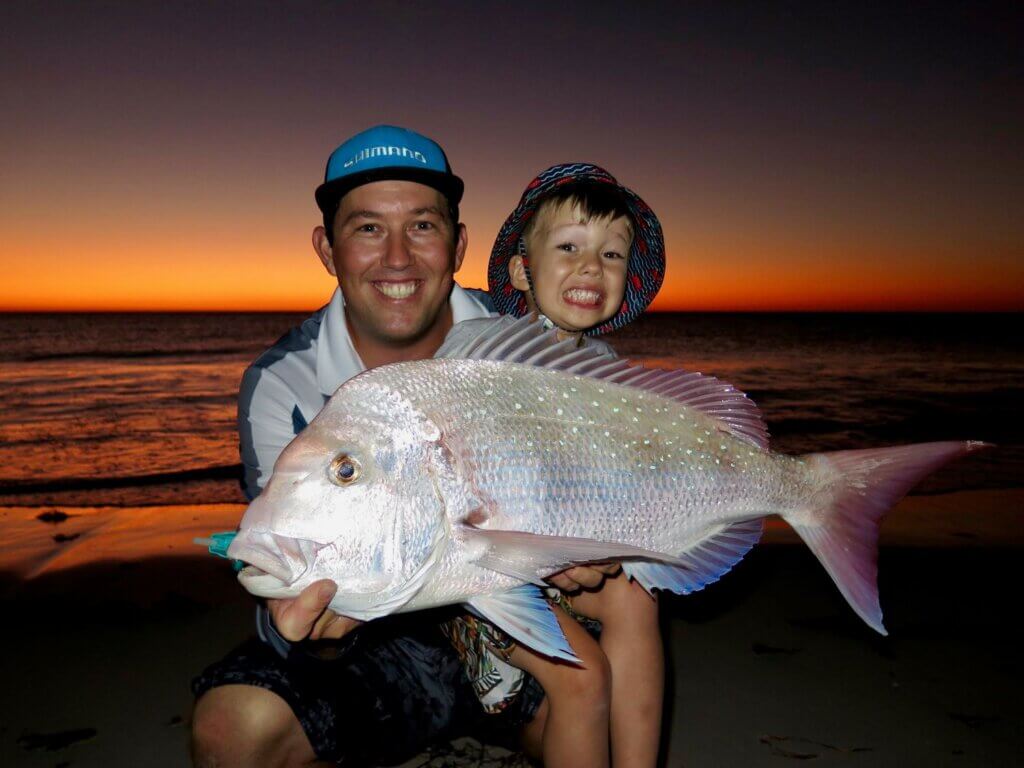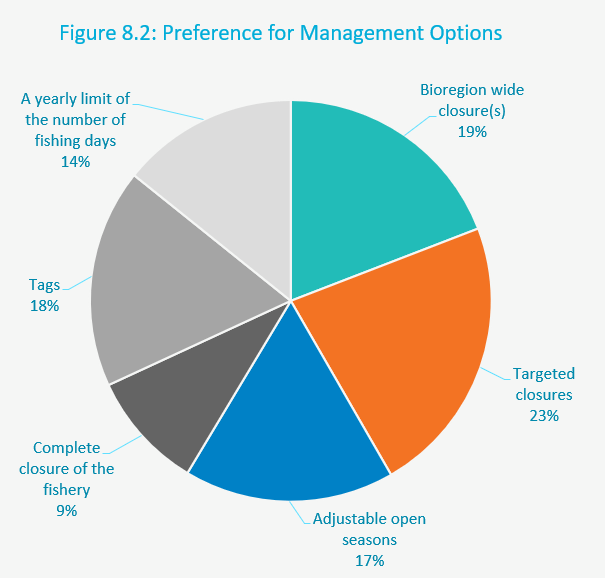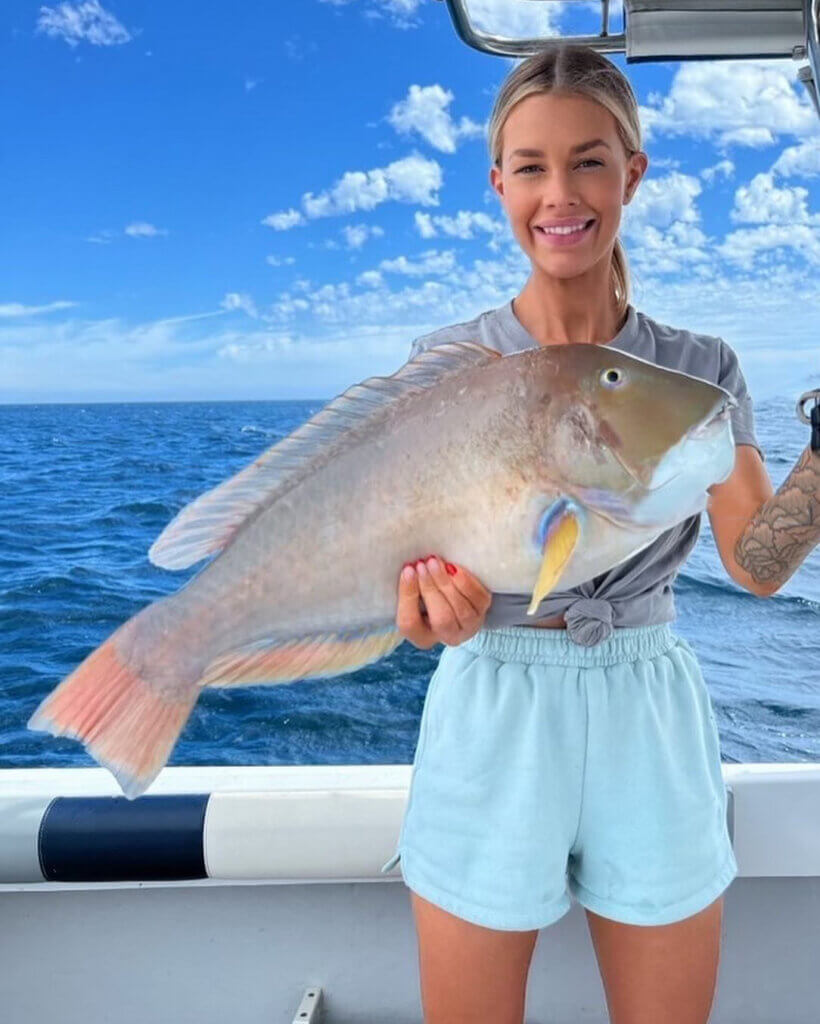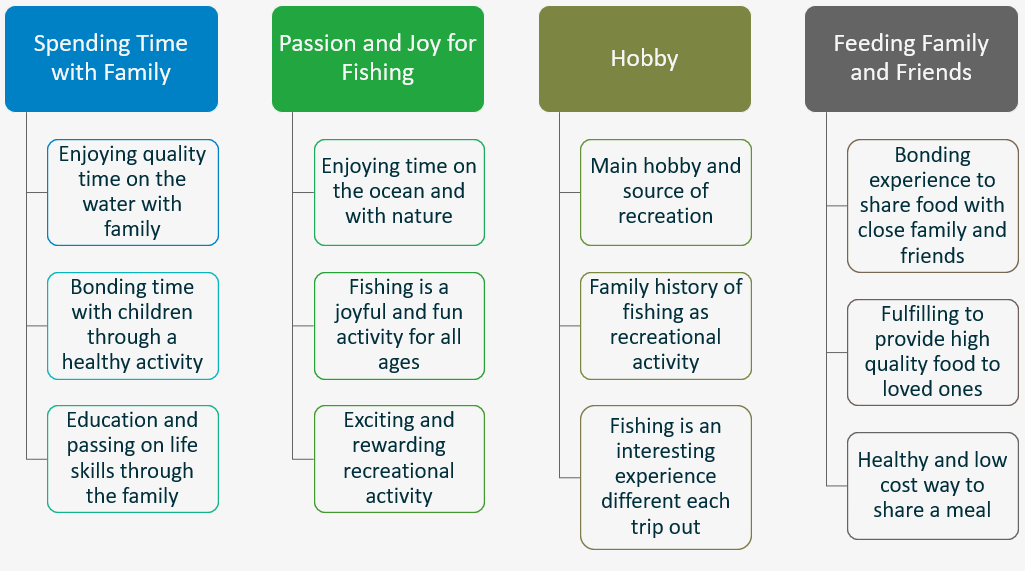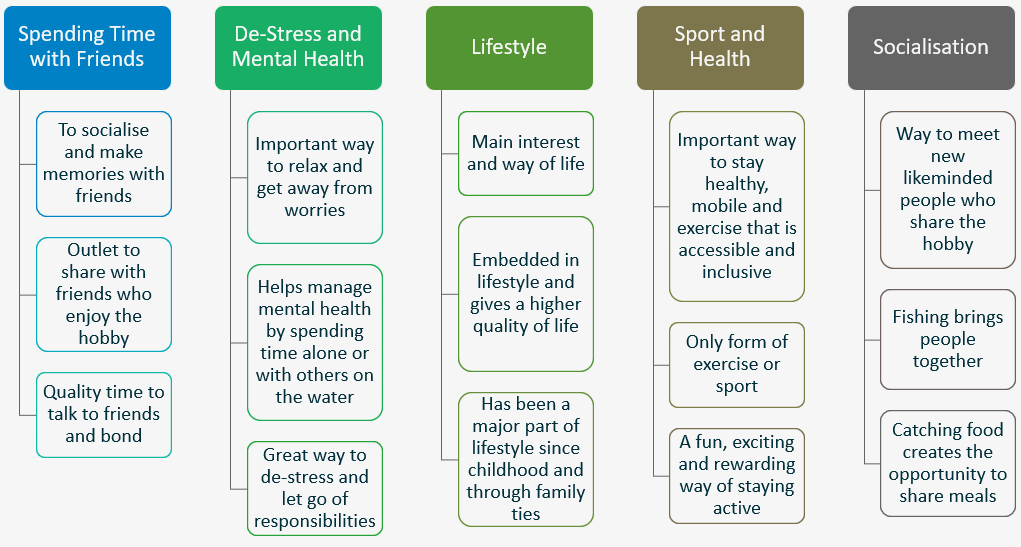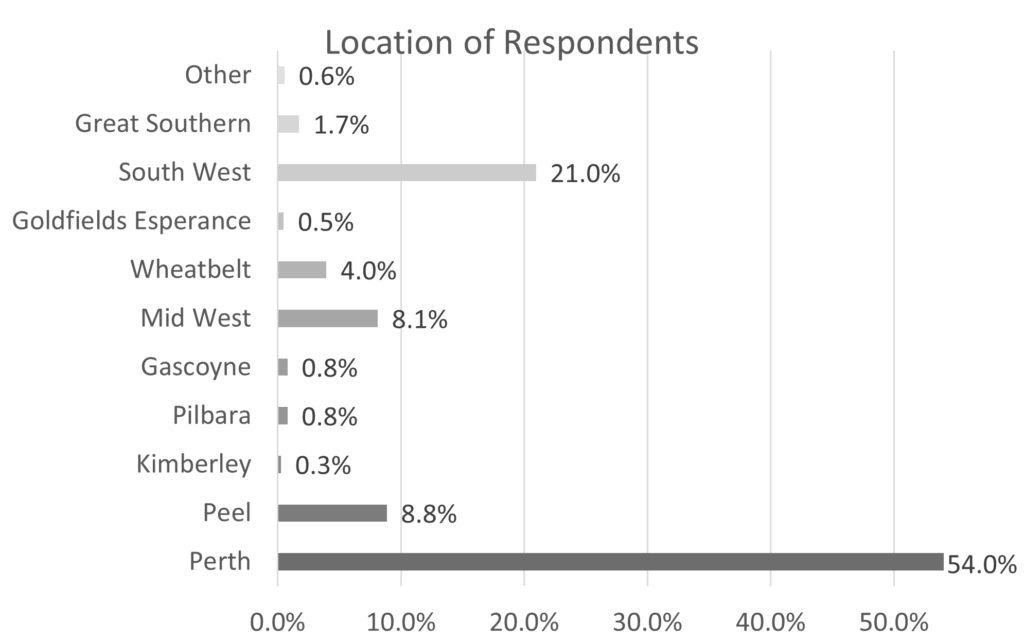The results are in and have now been crunched and analysed!
We had a fantastic response to our future of west coast demersal scalefish survey with 5,961 of you responding – making it the biggest response to a single–issue fishing survey in WA history!
Below we publish the results from the survey. As we said at the beginning of the consultation process we will continue to work through your feedback provided through the survey with our West Coast Demersal Expert Working Group to help develop our advice on preferred management options to DPRD.
In turn this advice will help inform the development of management options DPIRD will take to formal public consultation in July – when you will have a further opportunity to provide your input.
A massive Recfishwest thank you to all of you who took part in the survey – your feedback is proving instrumental in determining which direction we recommend the Government go in for the future management of the fishery. We have considered every idea and opinion you have provided us and we will ensure we are clear in communicating with you what final recommendations we make to DPIRD and why.
Overview
The survey was open from 4 April 2022 and closed at midnight on Friday 29 April 2022.
Responses = 5,961
The average time to complete was 9.42 minutes.
